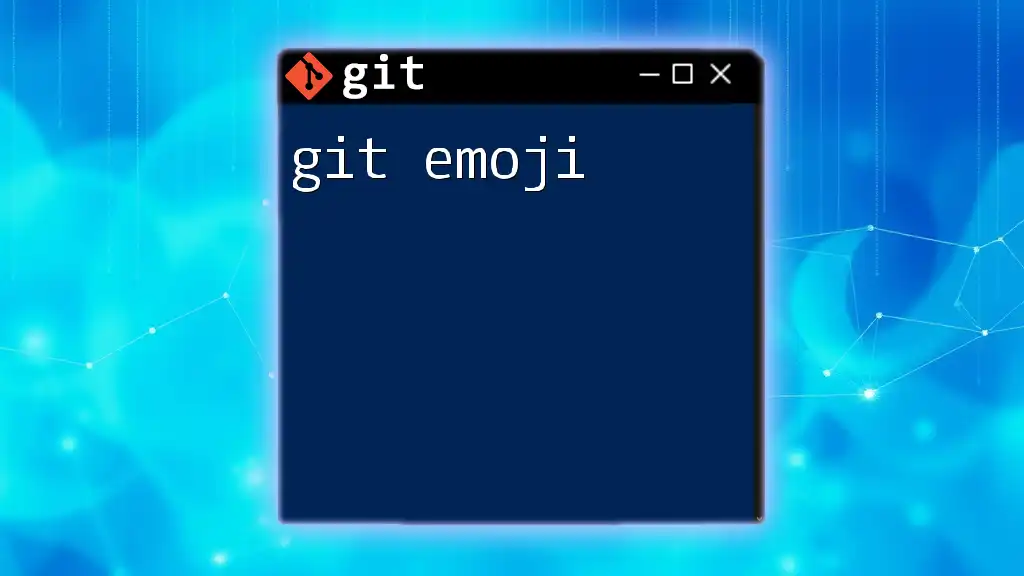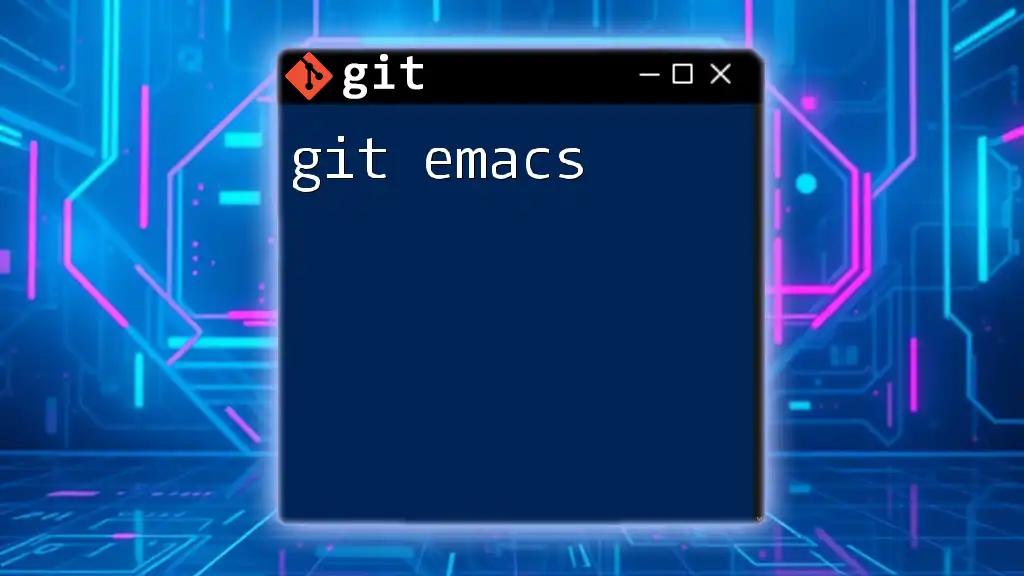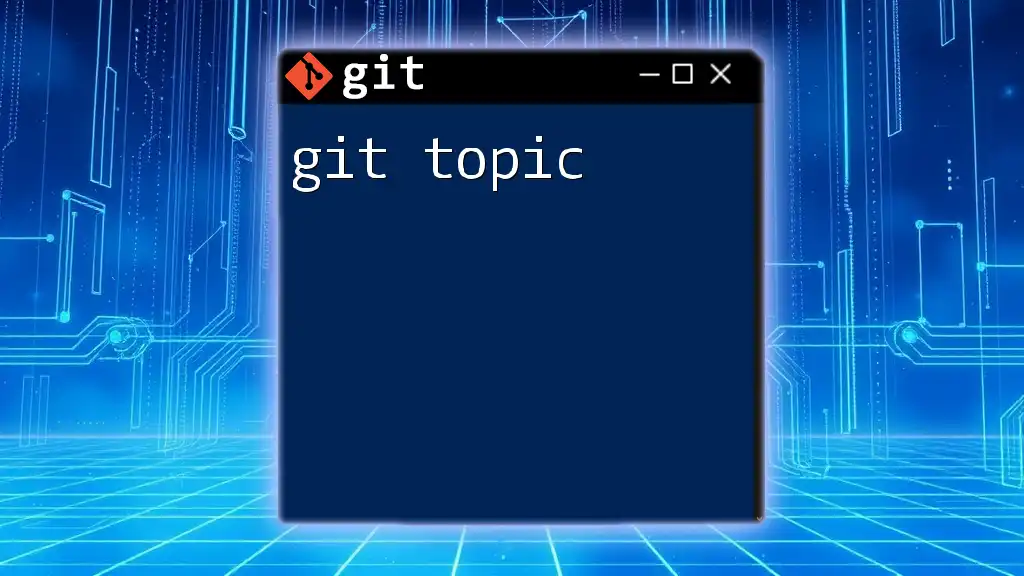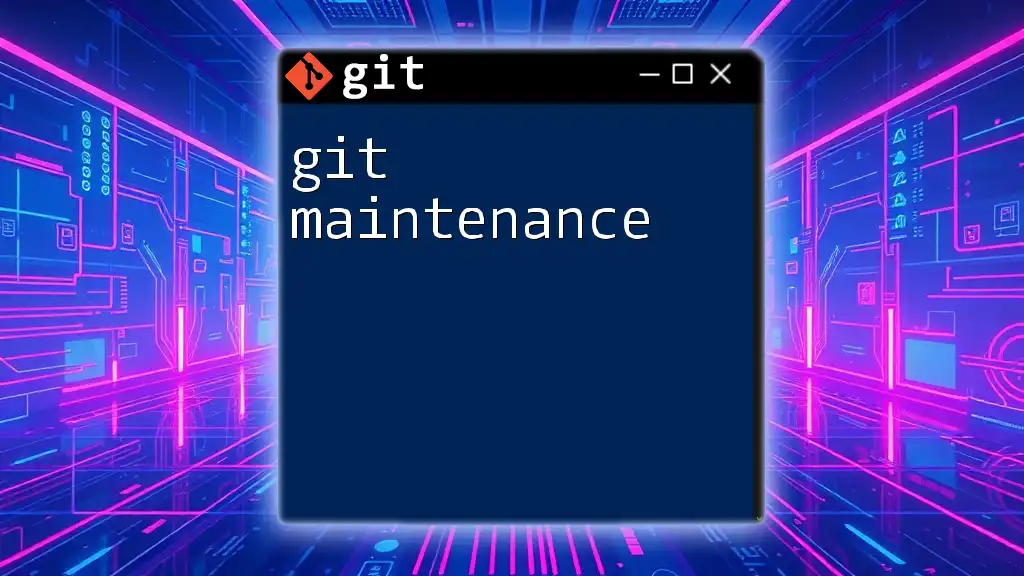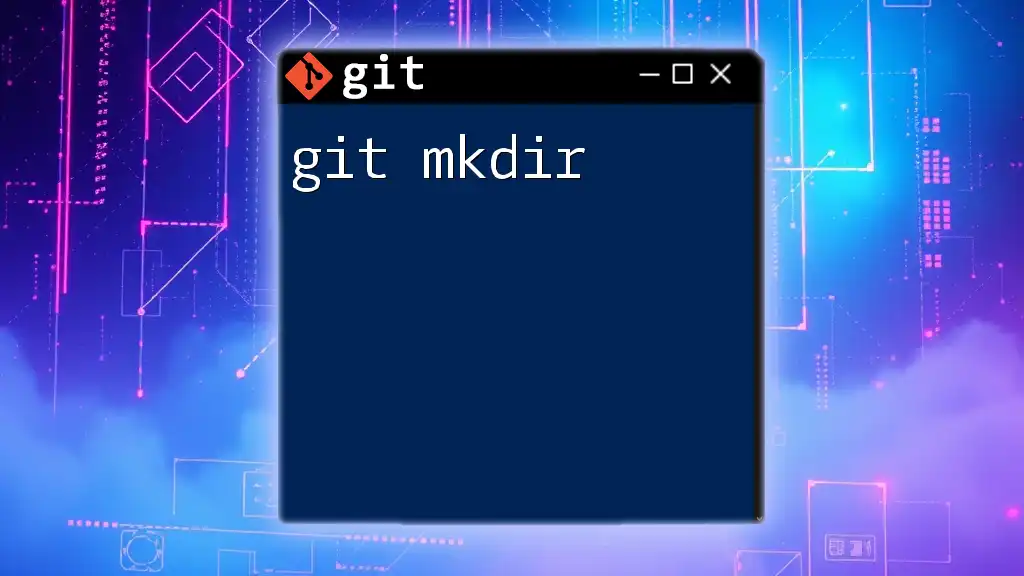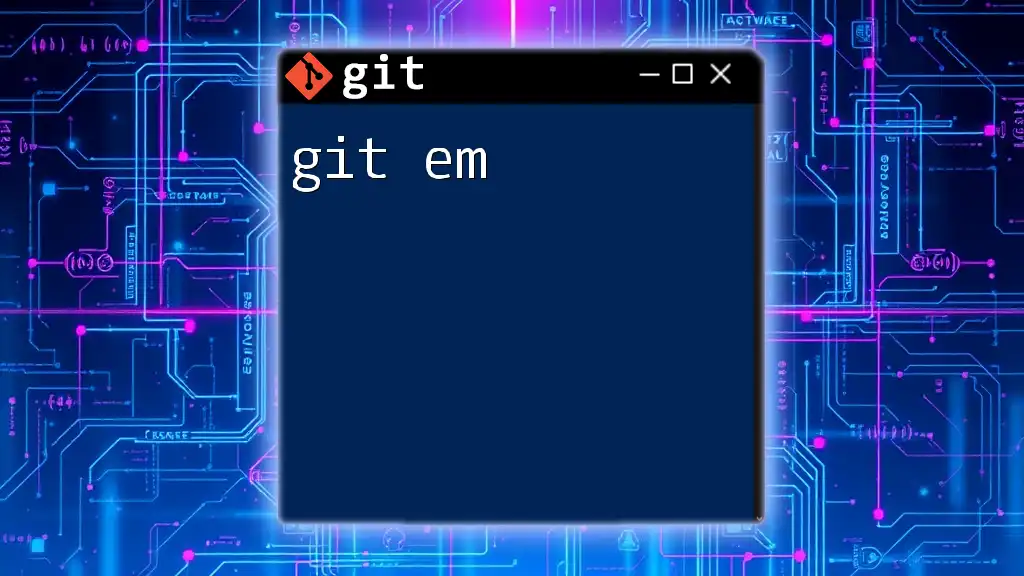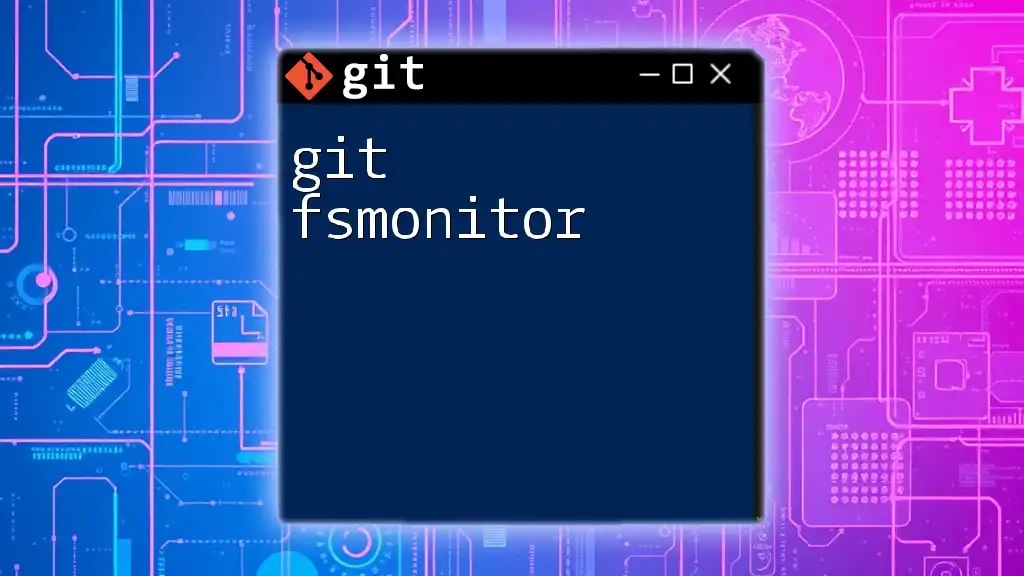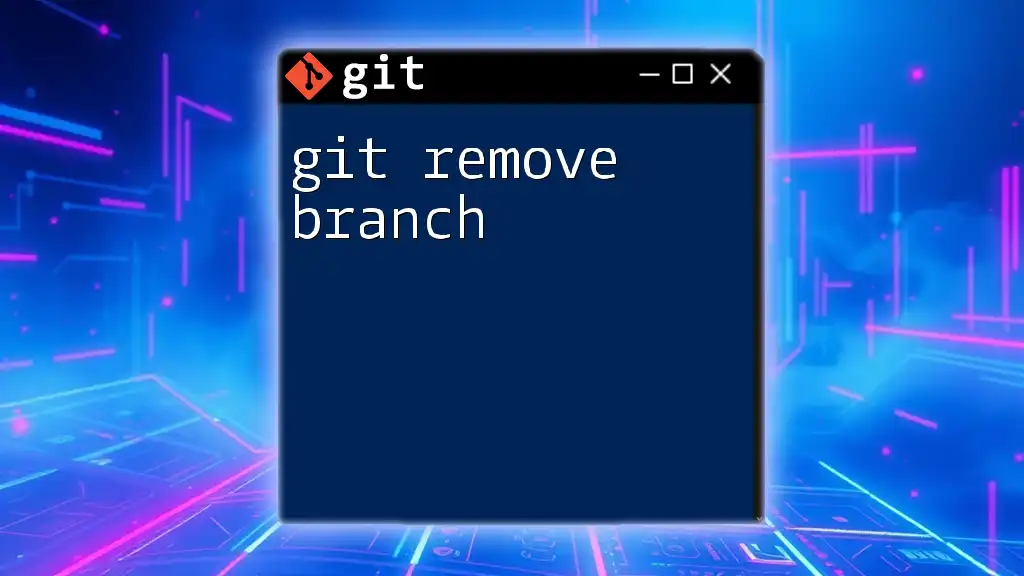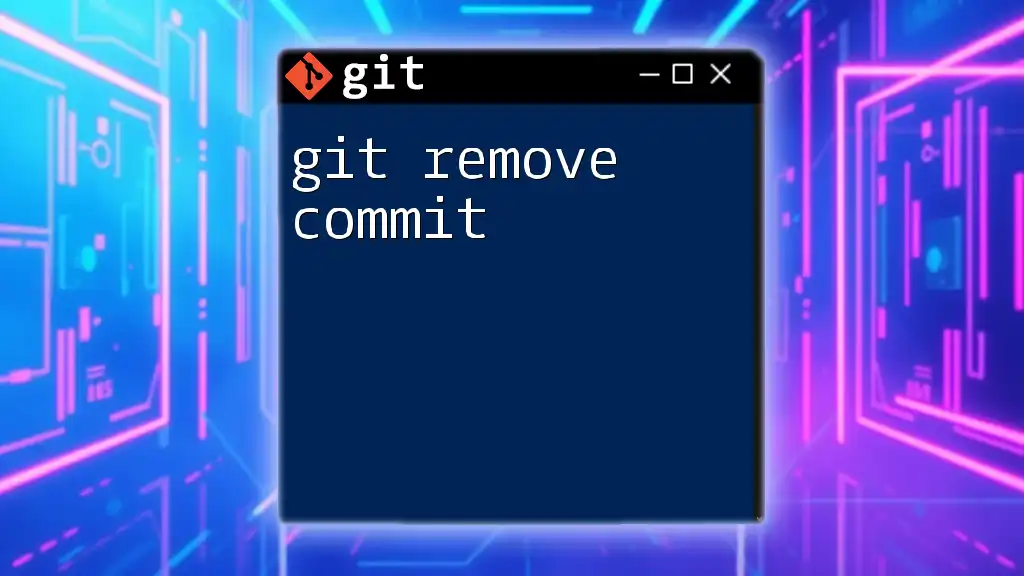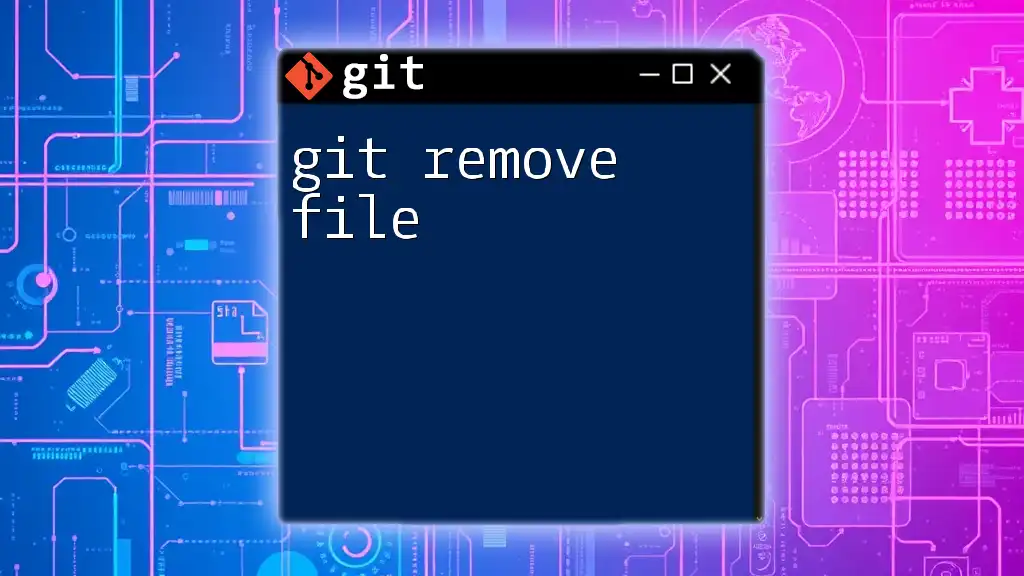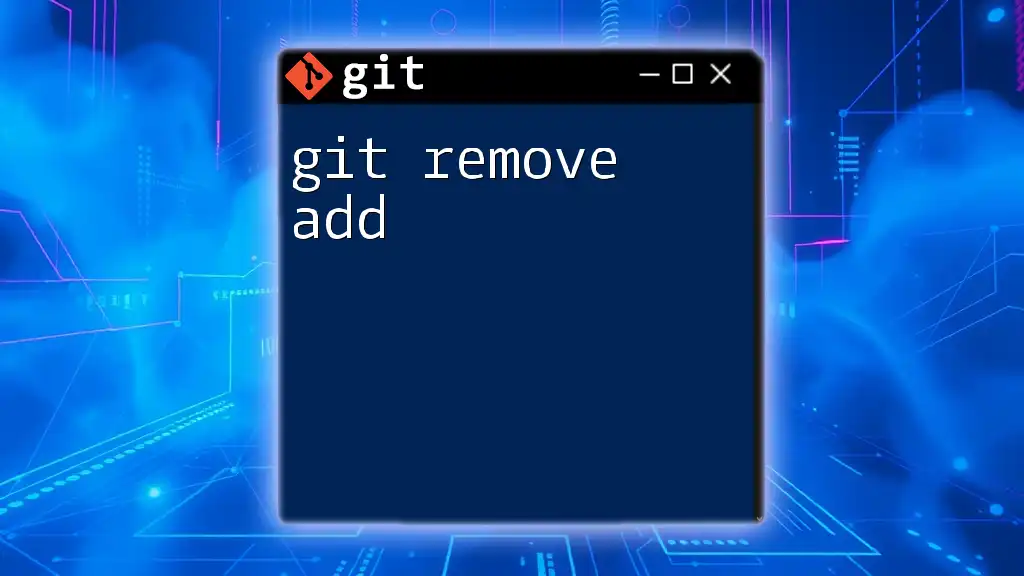Using emojis in Git commit messages can enhance readability and provide context, making it easier for collaborators to understand the purpose of changes at a glance.
Here's an example of how to use an emoji in a Git commit:
git commit -m "✨ Add new user onboarding feature"
What are Git Emojis?
Git emojis are graphical representations used within Git commit messages to convey the nature of changes made in a more visual and engaging manner. By incorporating emojis, developers can add context to their commits, enhancing the readability of logs and making it easier for teams to understand project history at a glance.
Why Use Emojis in Git?
The use of emojis in Git brings several tangible benefits:
- Improved Visual Clarity: Emojis serve as visual cues that help differentiate the types of commits at a glance, allowing for quicker identification without reading lengthy messages.
- Easy Categorization: Each emoji can symbolize a specific type of change, such as a feature addition, bug fix, or documentation update, making it easier for teams to track progress and changes.
- Increased Team Collaboration: Communicating through emojis can foster a sense of unity and culture among team members, as they adopt a common visual language.
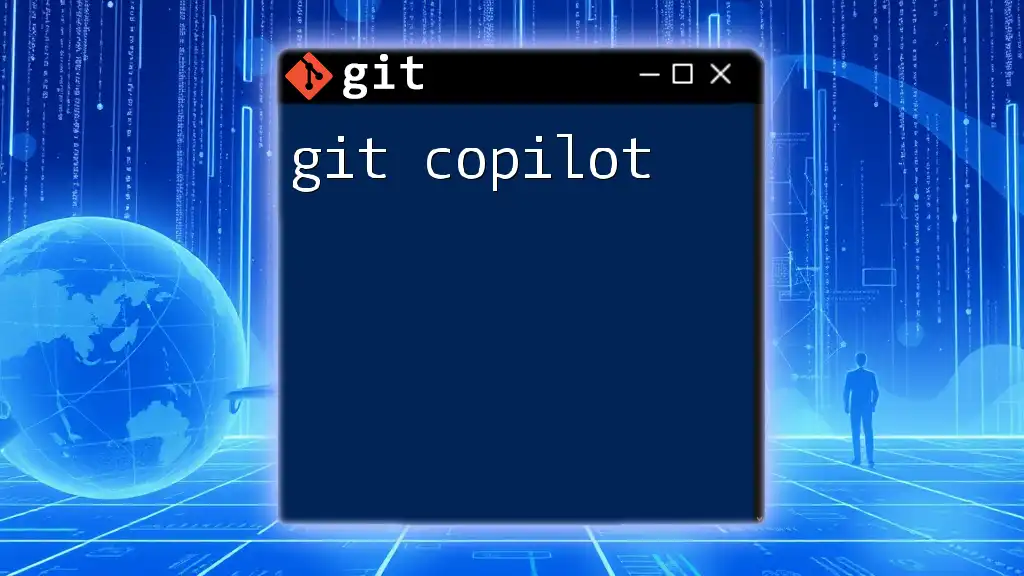
Setting Up Git Emojis
Enable Emojis in Your Commits
To start using emojis in your commits, simply include them in your commit message. Here’s a basic example:
git commit -m "✨ Add new feature for user login"
You can directly copy any emoji from resources like your operating system's emoji keyboard or online sources.
Useful Resources for Emojis
Finding relevant Git emoji codes can be straightforward. A widely-used resource is [Gitmoji](https://gitmoji.dev/), which provides a comprehensive list of emojis along with their meanings and examples.
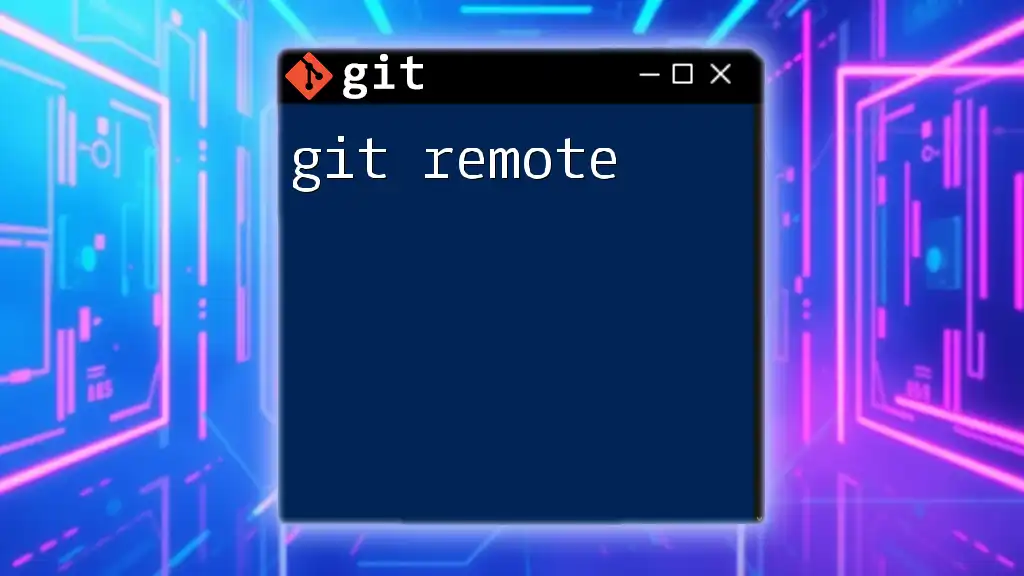
Common Git Emojis and Their Meanings
Several emojis have quickly become standards within the Git community:
- ✨ - Indicates the introduction of a new feature.
- 🐛 - Marks a bug fix, making it clear that an issue has been addressed.
- 📝 - Used for documentation updates, ensuring that any changes to documentation are easily spotted.
- 💄 - Represents improvements to the user interface or presentation layer.
- 🔧 - Signifies code refactoring, allowing developers to understand structural changes.
- ✅ - Implies the addition of tests or validations, indicating enhancement in code reliability.
Custom Emoji List
Creating a custom emoji list tailored to your project can further enhance clarity. Here’s an example of defining your own codes:
:rocket: - Deploying to Production
:construction: - Work in Progress
By establishing these symbols, your team can maintain a standardized approach to emoji usage, improving understanding and productivity.
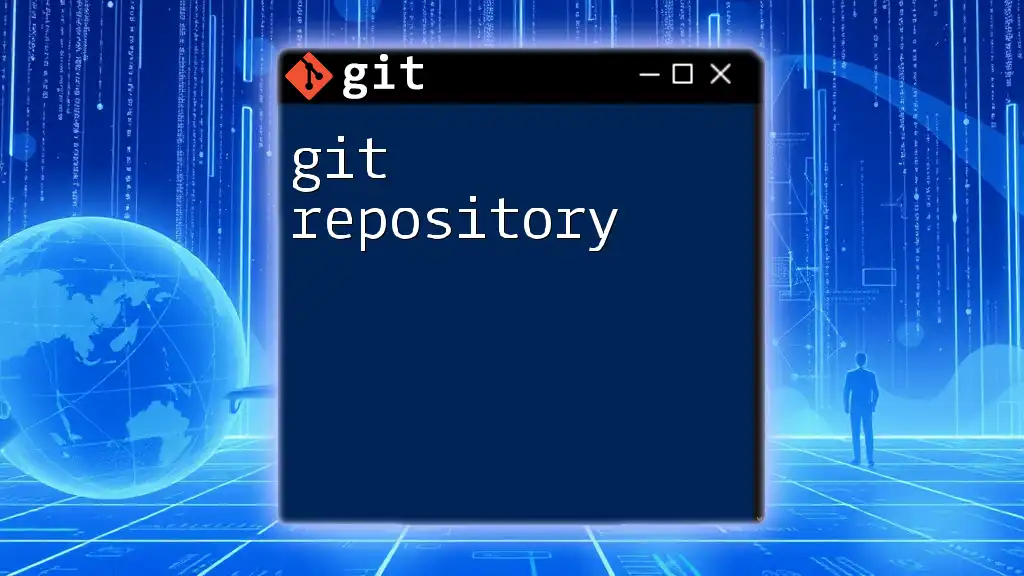
Implementing Emojis in Your Commit Messages
Best Practices for Using Emojis
To maximize the effectiveness of emojis in your workflow, consider the following best practices:
- Consistency is Key: Ensure that all team members use the same emojis for the same purposes. Consistency helps prevent confusion and miscommunication.
- Alignment on Meanings: Define what each emoji means within your team or project. It’s essential that emojis serve a common understanding rather than personal interpretations.
A suggested commit message format integrating emojis could look like this:
[📦] feat: ✨ Add user profile feature
Integrating Emojis with Conventional Commits
Emojis can also elegantly integrate with Conventional Commits, a specification for adding human and machine-readable meaning to commit messages. When following this format, an emoji can serve as a prefix that adds clarity.
Here’s an example of how to write such a commit message:
git commit -m "✨ feat: add a user profile page"
This way, everyone who reads the commit logs can instantly understand the purpose of the commit.
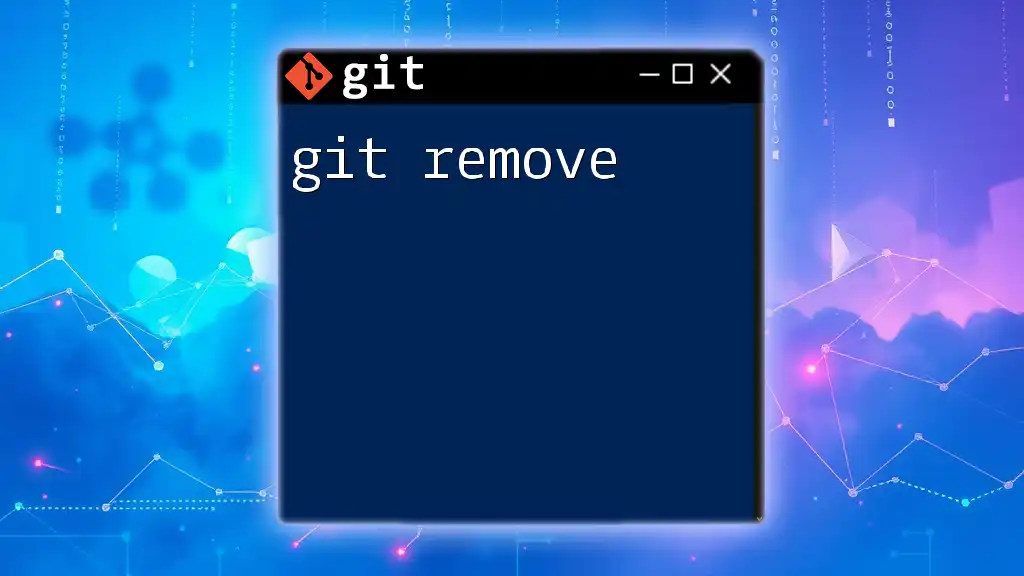
Tools and Automation
Tools that Enhance Git Commit Messaging
Several tools support emoji integration into Git workflows. One popular option is the Gitmoji CLI, which enables you to easily pick and insert emojis into your commit messages.
To install and use Gitmoji CLI, run the following commands:
npm install -g gitmoji-cli
gitmoji -c
This tool streamlines the commit process, allowing you to select from a menu of emojis and insert them directly into your commit messages.
Git Hooks for Emoji Enforcement
Git hooks can also be employed to enforce the use of emojis in commit messages, ensuring compliance among team members.
To create a simple pre-commit hook that checks for emoji usage, you can use the following script in your `.git/hooks/commit-msg` file:
if ! grep -q ":[a-zA-Z]*:" "$1"; then
echo "Please add an emoji to your commit message."
exit 1
fi
This script checks if the commit message contains an emoji and prompts the user to include one if it does not.

Case Studies
Real-World Examples of Teams Utilizing Git Emojis
Many companies and open-source projects have successfully integrated emojis into their Git practices. For example, projects like Vue.js and React not only use emoji conventions in their commits but also document their standards, contributing to efficient project management and improved teamwork. Teams adopting this approach have reported increased clarity in communication and a smoother development process.
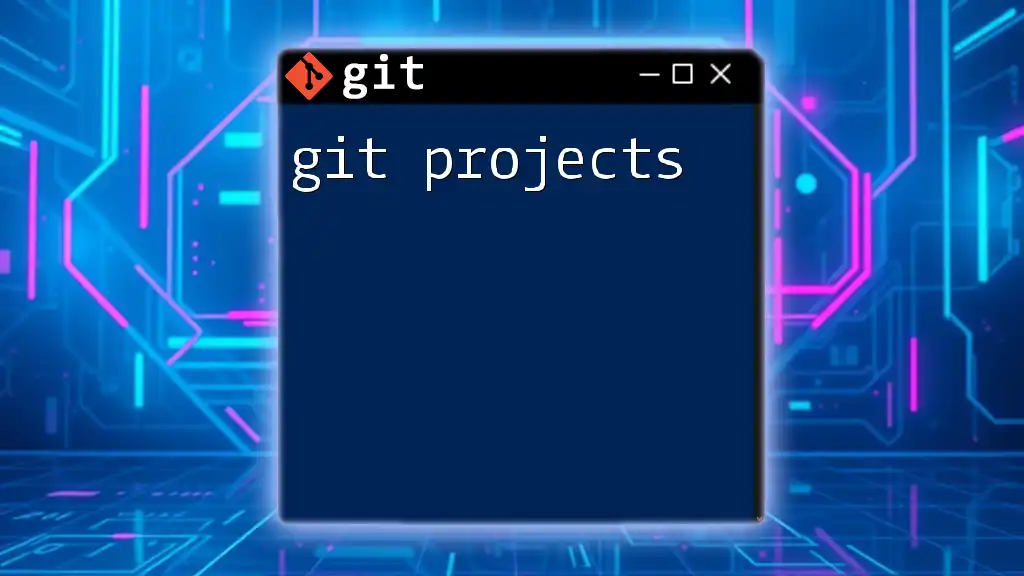
Conclusion
Using Git emojis can greatly enhance your commit messages, providing clarity and fostering better communication within teams. By experimenting with emojis, you can see how they transform your project's git history into a more engaging and easily navigable resource. Start integrating emojis into your Git practice today and notice the difference it makes in your team's collaboration!
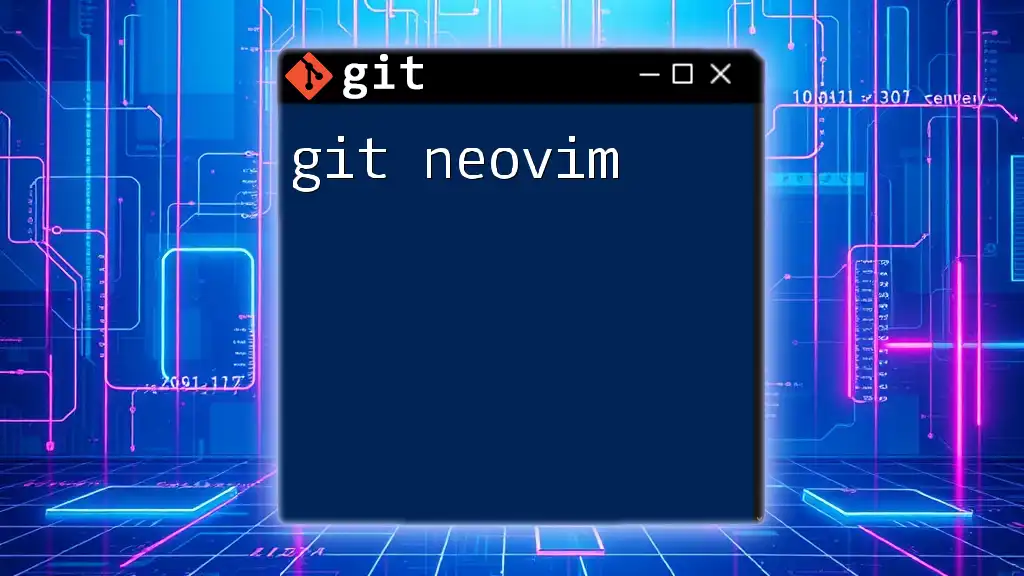
Additional Resources
Further Reading
Explore additional articles, blogs, and documentation about Git and its best practices to deepen your knowledge. Online forums and community platforms also offer a wealth of information and discussions around Git and emoji usage.
Join Our Community
If you’re enthusiastic about Git practices and emoji usage, consider joining our community forums. Engage with other developers and share experiences to further enhance your understanding and adoption of Git emojis!

